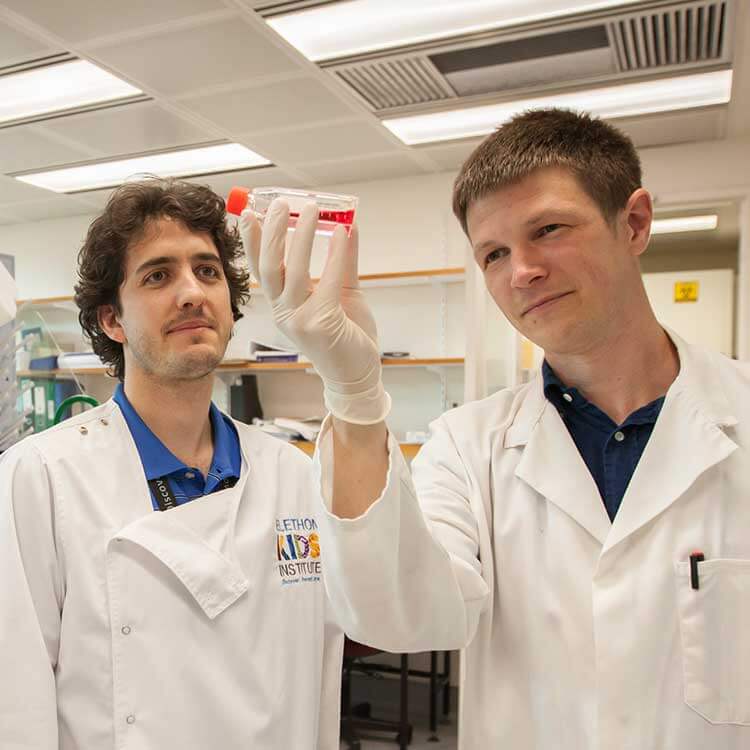Search
Research
Immunoinflammatory responses to febrile lower respiratory infections in infants display uniquely complex/intense transcriptomic profilesthe association between infant LRTI and risk for persistent wheeze/asthma in this cohort is generally stronger for fLRTIs than for other infection categories
Research
Maternal Alcohol-Use Disorder and Child OutcomesThe effects of maternal alcohol-use disorder are experienced by the majority of exposed children rather than a vulnerable subgroup of this population
Research
Boosting airway T-regulatory cells by gastrointestinal stimulation as a strategy for asthma controlThe hallmark of atopic asthma is transient airways hyperresponsiveness (AHR) preceded by aeroallergen-induced Th-cell activation.
Research
Voices behind the statistics: A systematic literature review of the lived experience of rheumatic heart diseaseThis systematic review presents a critical, interpretive analysis of publications that include lived experiences of rheumatic heart disease
Research
The contributions of fetal growth restriction and gestational age to developmental outcomes at 12 months of age: A cohort studyDevelopmental assessment of infants with fetal growth restriction was mostly comparable to those born without fetal growth restriction at 12 months
Research
How many words are Australian children hearing in the first year of life?These results show that a word gap related to maternal education is not apparent up to twelve months of age
Research
Exploring stakeholders' perceptions of the acceptability, usability, and dissemination of the australian 24-hour movement guidelines for the early yearsThis study examined stakeholders' perceptions regarding the acceptability, usability, and dissemination of the Australian 24-Hour Movement Guidelines
Research
Factors Associated With 90-Day Readmission After Stroke or Transient Ischemic Attack: Linked Data From the Australian Stroke Clinical RegistryApart from comorbidities and patient-level characteristics, readmissions after stroke/transient ischemic attack were associated with discharge destination

The Pregnancy and Early Life Immunology team's overall research vision is targeted towards understanding immunological development during early life.
Research
Systems biology and big data in asthma and allergy: recent discoveries and emerging challengesWe describe recent "omic"-level findings, and examine how these findings have been systematically integrated to generate further insight
Research
Epigenetic changes underpinning allergen sensitization: a twin-based studyWe are studying immune cells from identical twins of which one suffers and one does not suffer from allergic disease to identify specific mechanisms that may play important roles in disease development.
Research
Effects of UVR exposure on the gut microbiota of mice and humansBoth human and murine studies report that multiple exposures to sub-erythemal UV radiation can increase the diversity of the gut microbiome
Research
Sun exposure: An environmental preventer of metabolic dysfunction?Emerging preclinical findings suggest that some sun exposure is necessary for optimal metabolic health
Research
Sharing is Caring: A Study of Food-Sharing Practices in Australian Early Childhood Education and Care ServicesThis paper supports the practice of food sharing in Early Childhood Education and Care settings and calls for them to become embedded in everyday operations
